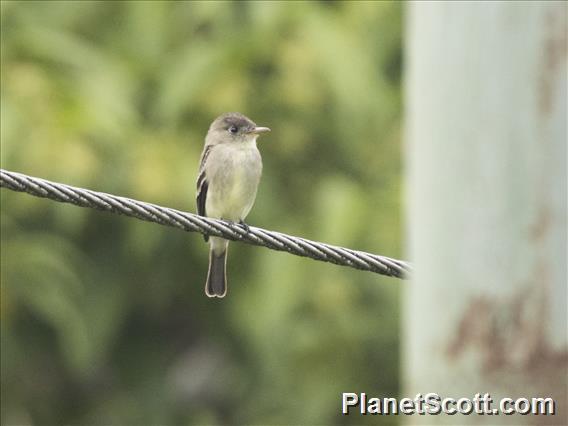Yellow-bellied Flycatcher (Empidonax flaviventris)

Yellow-bellied Flycatcher (Empidonax flaviventris)
×


Yellow-bellied Flycatcher (Empidonax flaviventris)
About Yellow-bellied Flycatcher (Empidonax flaviventris)
- Kingdom: Animals
- Phylum: Chordates
- Class: Birds
- Order: Perching Birds
- Family: Tyrant Flycatchers
The yellow-bellied flycatcher is a small insect-eating bird of the tyrant flycatcher family.
Source: Wikipedia
Lifelists
Visits
-
-
2009-01-28
Tikal, Guatemala -
2009-02-03
Los Tarrales, Guatemala -
2009-02-06
Copan, Honduras -
2009-02-09
Los Naranjos, Honduras -
-
-
-
-
-
2023-10-04
Parque Nacional Volcan Arenal, Costa Rica -



